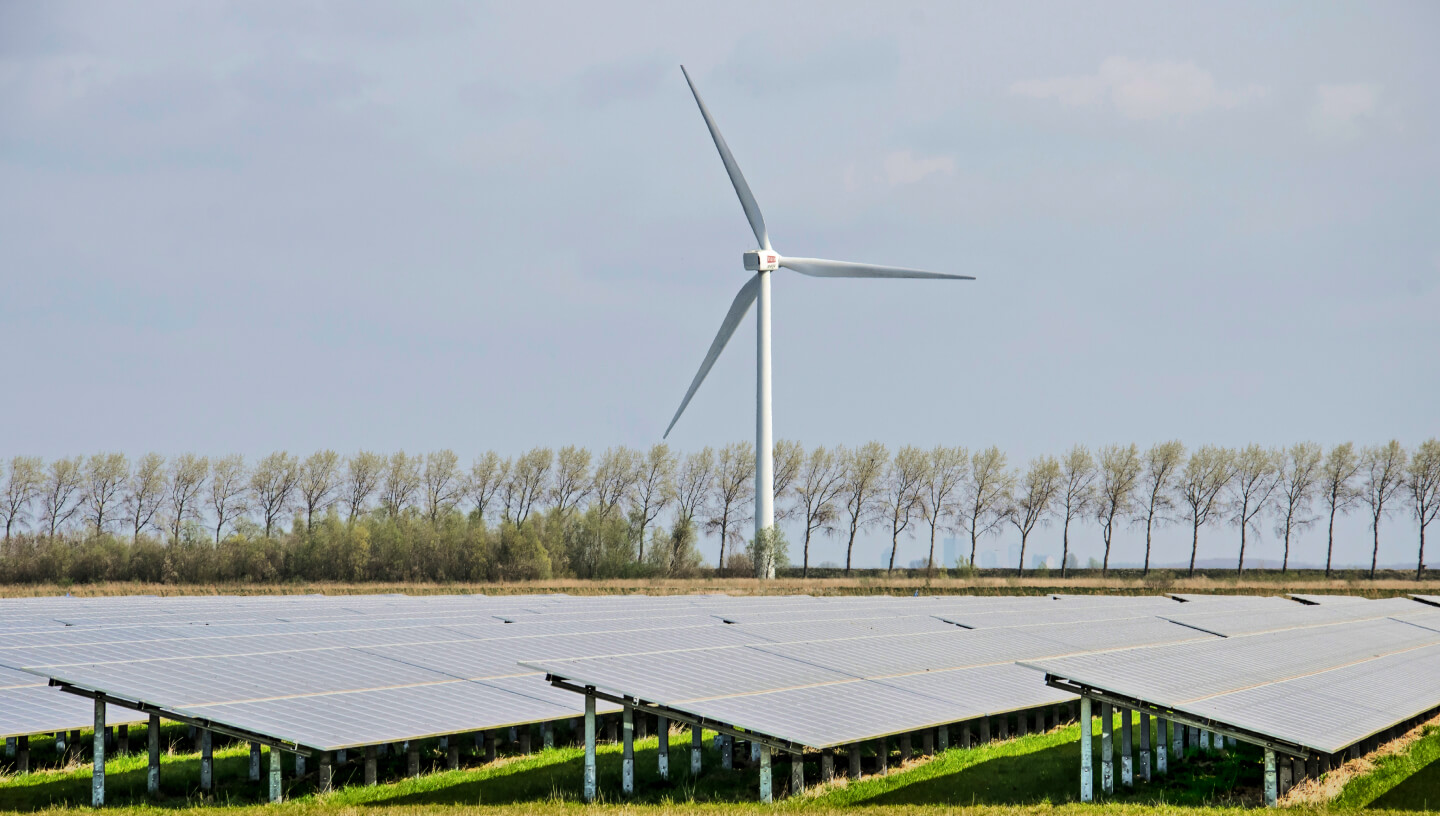18.11.2022
Countries around the world develop national markets for carbon units
 Photo by: franswillemblok / iStock
Photo by: franswillemblok / iStock
The Centre for Strategic Research (CSR) has released two fresh reports on the climate agenda. The first looks at the global trend to reduce greenhouse gas emissions and the second looks at its integral part, namely the carbon market and its prospects, including in Russia.
As the first report shows, the European Emissions Trading Scheme carbon unit price showed significant fluctuations in the third quarter of 2022. It reached €98 per tonne CO2-equivalent in mid-August and fell to €65 per tonne CO2-equivalent in early September, approaching the lowest level since early March 2022.
The authors linked these fluctuations to expectations of additional greenhouse gas emission quotas — due to the weakening of industrial production in the EU amid the energy crisis. The business activity indices (PMIs) for the manufacturing sector showed that factory activity in the EU has been contracting for the past three months and is at its lowest since June 2020.
Regardless of the situation in the EU, however, other countries are actively developing their carbon unit market.
In September 2022, the Federation of Industries of Thailand (FTI) launched the first national carbon credit exchange, FTIX, as a step towards a low-carbon economy for the country. For now, the exchange only allows trading within the country as part of a voluntary emissions reduction programme.
On 4 July 2022, representatives of Singapore’s AirCarbon Exchange (ACX) signed a memorandum of understanding with Nairobi’s new financial centre (NIFC). As part of the agreement, ACX representatives will set up a carbon exchange at the financial centre to help Kenya meet national climate goals.
Austria, on the other hand, followed Germany in the summer of 2022 with the introduction of a national emissions trading system for sectors not covered by the European system. These are greenhouse gases from fossil fuels used in the building, transport, waste, agriculture and small business sectors.
In Russia, a voluntary market for carbon units has been underway at national level since 2022. For example, the federal law “On Limiting Greenhouse Gas Emissions” introduced mandatory reporting for major emitting companies and created conditions for climate projects. At the regional level, it is possible to trade in emission allowances. The first region to carry out such an experiment is the Sakhalin Oblast, which plans to be carbon-neutral by the end of 2025.
Cover photo: GAPS / iStock












Comments